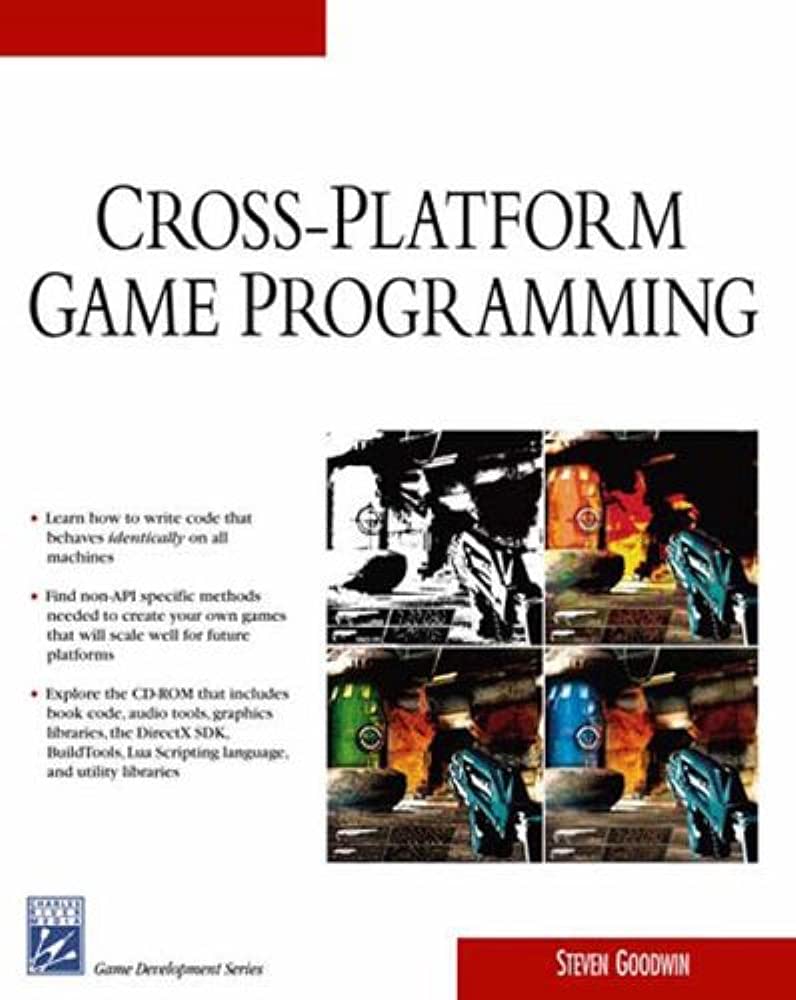Game development depends not only on gameplay and storyline but also on the visuals and audio components. Game engines, 3D modeling software, texturing software, and visual effects software are essential tools for creating visually stunning games. Unity, Unreal Engine, and CryEngine are popular engines with built-in features for graphics rendering and lighting. For 3D modeling, Blender, Maya, and 3DS Max are popular software tools while Substance Painter and Photoshop are used for texturing. Visual effects software like Houdini and After Effects give VFX artists the ability to create complex particle systems and simulations. Audio tools, such as DAWs, SFX libraries, and audio middleware software like FMOD and Wwise integrate audio into games to create immersive soundscapes that transport players to new worlds.
Exploring the Graphics and Audio Tools Used in Game Development
Introduction
Game development is a complex process that involves a team of designers, developers, artists, and testers working together to create an immersive experience for players. The success of any game depends not only on the gameplay mechanics and storyline but also on the visuals and audio components. In this article, we’ll be exploring the graphics and audio tools used in game development.
Graphics Tools
Game Engines
Game engines serve as a foundation for game development. They provide the structure and framework for building a game from scratch. Some popular game engines include Unity, Unreal Engine, and CryEngine. These engines come equipped with built-in features for graphics rendering, lighting, physics simulations, and more. The best part is that game engines are available for free, making them accessible to independent developers and small studios.
3D Modeling Software
Creating 3D models is a crucial component of game development. 3D modeling software like Blender, Maya, and 3DS Max allow developers to create complex models with intricate details. These models are used for creating characters, landscapes, buildings, and other objects found within the game’s environment. 3D modeling requires skill and experience, but the result is a visually stunning game world that immerses the player in the game’s universe.
Texturing Software
Once 3D models have been created, they need to be textured. Textures provide the surface details of a 3D model, such as color, pattern, and finish. Texturing software like Substance Painter and Photoshop allow artists to create high-quality textures that bring 3D models to life. These tools give artists the ability to create realistic textures, like rusted metal or weathered wood, that add depth and realism to the game’s visual aesthetic.
Visual Effects Software
Visual effects (VFX) are the elements that make a game feel cinematic. Explosions, smoke, and fire are just a few examples of VFX that add excitement and drama to a game. Software like Houdini and After Effects allows VFX artists to create complex particle systems, simulations, and compositing that add an extra layer of visual polish to a game.
Audio Tools
DAWs
Digital Audio Workstations (DAWs) serve as the backbone for game audio production. These tools like Pro Tools, Logic Pro X, and Ableton Live enable sound designers and composers to create custom music, sound effects, and voiceovers for games. DAWs allow for the creation of complex arrangements and mixing of multiple audio tracks, ensuring that game soundtracks are immersive and engaging.
SFX Libraries
While original sound effects are preferred, sometimes it’s not always possible to create a unique sound effect for every element within a game. Sound effects libraries, such as Sound Ideas, Boom Library, and Sonniss, provide a vast array of pre-made sound effects for developers to choose from. These libraries contain sound effects for anything from footsteps to gunshots, ensuring a wide range of audio options for any genre of game.
Audio Middleware
Audio middleware software like FMOD and Wwise are essential tools for integrating audio into a game. Middleware software allows developers to create interactive audio systems that respond to gameplay events, such as triggering a specific sound effect when a player attacks an enemy. Audio middleware ensures that sound effects are heard at the correct time and volume, adding an extra layer of immersion to the player’s experience.
Conclusion
Creating a successful video game requires a careful balance of gameplay mechanics, storyline, graphics, and audio components. The graphics and audio tools outlined in this article are critical to achieving that balance. With the help of game engines, 3D modeling software, and audio production tools, developers can create visually stunning games with immersive soundscapes that transport players to new worlds of excitement and adventure.
